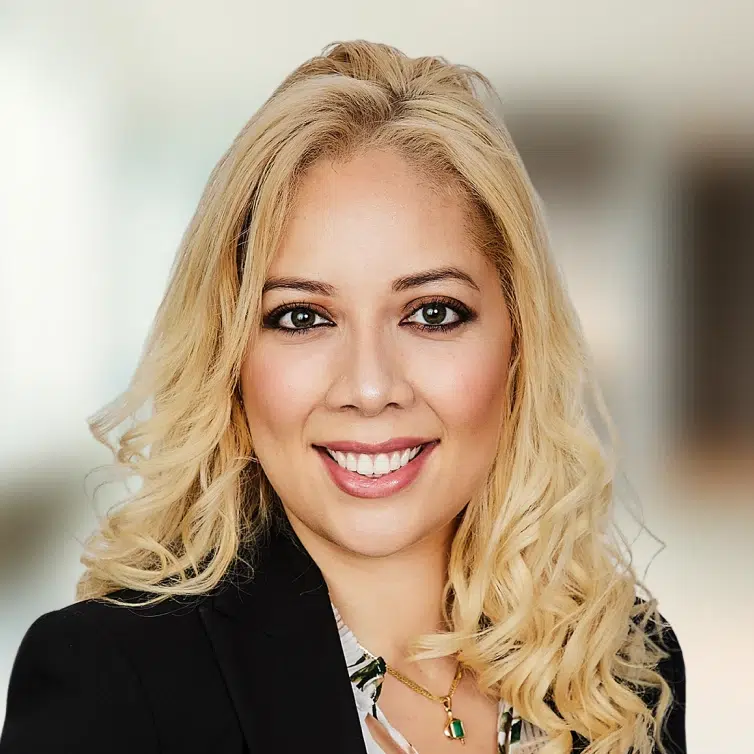
For many women, retirement planning doesn’t end when the working years do. It evolves.
There’s the retirement you may share with a partner — a time you’ve likely imagined and planned for together. And then, for many women, there’s a second retirement. One you walk alone.
Whether through widowhood, divorce or simply living longer, retirement planning for women often includes preparing for this second chapter — financially and emotionally.
At Aspiriant, we’ve guided women through both transitions. And we’ve learned that when you’re empowered with a plan, you can step forward with confidence and peace of mind.
What does peace of mind in retirement look like for you? Who are you planning for — and what do you want that next chapter to feel like?
Have you ever thought about retirement in two parts — one with a partner, and one on your own? You’re not alone if you haven’t. Most planning overlooks this possibility. Whether you’re planning for yourself or helping your mom or another loved one navigate retirement, understanding the full picture matters.
The dual retirement reality
Women and financial planning: A different path
Let’s face it — women and financial planning often starts later than it should. Why? Because many women are managing careers, caregiving and countless responsibilities. It’s not surprising that long-term planning sometimes gets postponed.
But postponing planning can have real consequences. Women generally earn less over their lifetimes and take more career breaks. Add in longer life spans, and you can see why retirement planning for women requires a different approach.
Outliving your spouse
Statistically, women live longer than men — by about five to seven years on average. That means many women will outlive their spouse or partner. Losing a life partner is heartbreaking — emotionally and, often, financially. It may also bring new responsibilities you didn’t expect to carry alone.
That’s why it’s so important to prepare for what we call a dual retirement: the life you plan together, and the one you may live alone.
What to Do When a Spouse Dies: A Financial Planning Checklist
Caregiver and retirement challenges
Many women step away from the workforce — temporarily or permanently — to care for children, aging parents or even their spouse. These caregiving roles often reduce income and stall retirement contributions. That leaves women playing catch-up later in life.
Caregiver and retirement conflicts also affect confidence. Financial literacy for women can be hard to build when daily life is stretched thin. But understanding your finances is key to taking charge of your future.
You’ve spent years caring for others — we believe it’s your time to be cared for, too.
How to plan for two retirements
Set goals for each phase
What does life look like after work — both with your partner and without? That’s where your planning begins.
Are you downsizing or relocating? Traveling more or giving back? Your lifestyle goals will help define your spending needs and investment strategy.
Don’t underestimate healthcare costs in retirement
Healthcare costs in retirement can surprise even the most diligent savers — especially during solo years. It’s important to understand how Medicare works, when to enroll and what’s covered.
You may also want to explore:
• Medigap or Medicare Advantage plans
• Health Savings Accounts (HSAs)
• Long-term care insurance
These options may help reduce the financial burden when or if assisted living or nursing care becomes necessary.
Read A Guide to Healthcare Options in Retirement
Know your Social Security and pension options
Social Security offers a variety of options for women — especially for those who are married, divorced or widowed. But the rules can be complex, and the right strategy often depends on your unique life path. Married? Divorced? Widowed? Each scenario carries different options for spousal and survivor benefits. And if your partner has a pension, you’ll need to know what happens to that income if they pass away.
Understanding these details is critical for financial planning after a spouse dies. Get clarity on your claiming strategy and how to maximize lifetime income.
Build financial literacy and independence
If someone else has been the “CFO” of your household, now is the time to get involved. Start small — learn your budget, review your accounts, ask questions. Improving financial literacy for women isn’t about knowing everything. It’s about building comfort and confidence.
Read Financial Wellness for Women: A 7-Step Guide
You don’t have to do it alone. Work with a fiduciary advisor who specializes in widow financial planning and understands your goals.
| Explore and listen to women’s unique money experiences in our podcast, Money Tales. |
Prepare emotionally and logistically
While the numbers matter, solo retirement is more than a financial event — it’s an emotional one too.
Think about:
- Where you’ll live
- How you’ll manage daily life
- Who will be part of your support system
What support might you need — emotionally, physically or financially — to feel secure living alone?
The goal? A future that feels secure and empowering — not uncertain or overwhelming.
| Supporting a loved one through retirement planning
If you’re reading this for your mother or another loved one, you’re not alone. Many adult children help guide their parents through this stage — emotionally and financially. Start by listening. Ask what their hopes and fears are for this next phase. Then help them get organized: review their income sources, healthcare options and long-term plans. And know that you don’t have to carry this responsibility alone. A trusted wealth advisor can help your family make informed decisions, reduce stress and create a plan that honors your loved one’s independence and values. |
Let’s build your plan together
You deserve a retirement plan that honors your life — the one you’ve lived, and the one still ahead.
At Aspiriant, we understand that retirement planning isn’t one-size-fits-all. We work with women to navigate life transitions like dual retirement, caregiving and widowhood — with clarity, care and respect.
If you’re thinking about how to plan for both the life you’ve shared and the one you may live on your own, we’re here to help.
Let’s talk — and start building a plan that feels like yours.

 Talk to us
Talk to us 









